Do you have a question about the Olympus PCF 160AL/I and is the answer not in the manual?
Provides guidance on manual review, contacting Olympus, and understanding regulations for reprocessing.
Explains the meaning of signal words (WARNING, CAUTION, NOTE) used throughout the manual for hazard communication.
Details critical safety precautions for reprocessing, patient safety, and equipment handling to prevent risks.
Outlines compatibility of Olympus endoscopic equipment with various reprocessing methods and chemical agents.
Specifies requirements for using detergent solutions, including type, dilution, and temperature recommendations.
Discusses disinfectant solutions, compatibility with glutaraldehyde, and proper usage guidelines for disinfection.
Details the procedures for rinsing the endoscope after disinfection using sterile or potable water.
Provides parameters and procedures for sterilizing endoscopes using Ethylene Oxide (ETO) gas.
Explains steam sterilization procedures for compatible accessories, excluding the endoscope itself.
Lists essential equipment and parts needed for the cleaning, disinfection, and sterilization process.
Presents a summary chart of the overall endoscope reprocessing workflow.
Details the initial cleaning steps performed immediately after the procedure to remove gross contamination.
Describes the procedure for testing the endoscope's water-tightness before immersion.
Outlines the detailed manual cleaning steps for external surfaces and internal channels.
Explains the process of high-level disinfection for the endoscope and accessories.
Covers the procedures for rinsing the endoscope after high-level disinfection, using sterile or non-sterile water.
Details the ETO gas sterilization and steam sterilization (autoclaving) methods for endoscopes and accessories.
Provides instructions for cleaning, disinfecting, and sterilizing reusable parts and reprocessing equipment.
Provides guidelines for proper storage of the endoscope to maintain its condition and prevent infection.
Outlines the procedures for disposing of the endoscope and its components according to applicable laws.
| Optical System: Field of View | 140° |
|---|---|
| Optical System: Direction of View | Forward |
| Instrument Channel: Inner Diameter | 3.7 mm |
| Instrument Channel: Minimum Visible Distance | 3 mm |
| Angulation: Up | up to 180° |
| Angulation: Down | up to 180° |
| Angulation: Right | 160° |
| Angulation: Left | 160° |
| Type | Endoscope |
| Category | Medical Equipment |
| Compatibility | Olympus VISERA video systems |
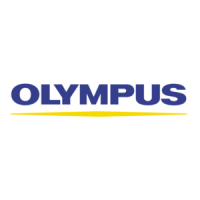
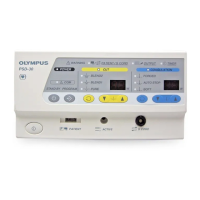
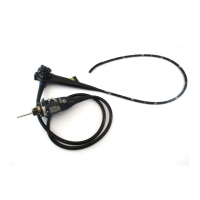
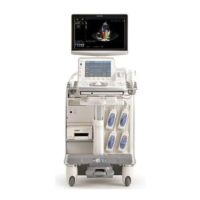
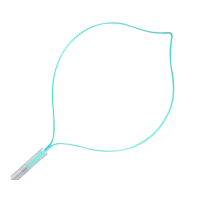
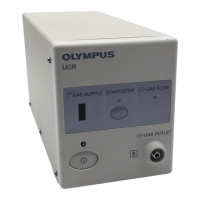
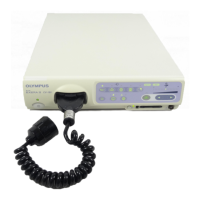
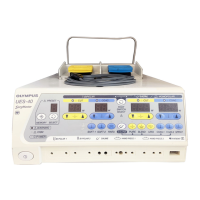
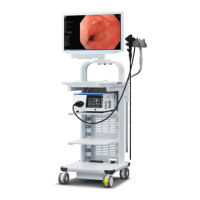
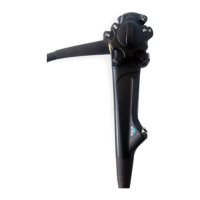


